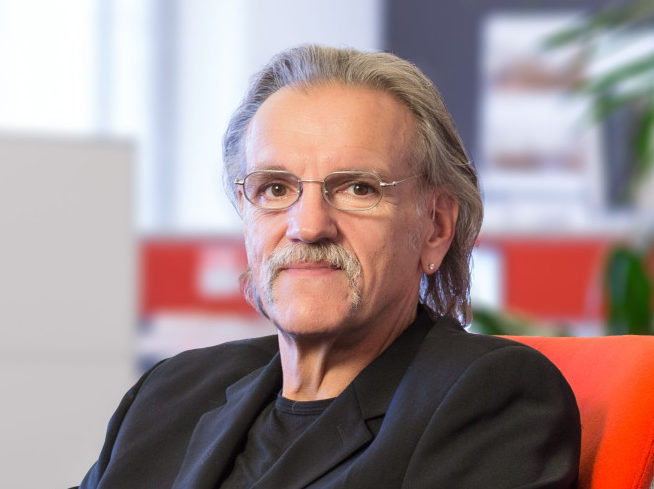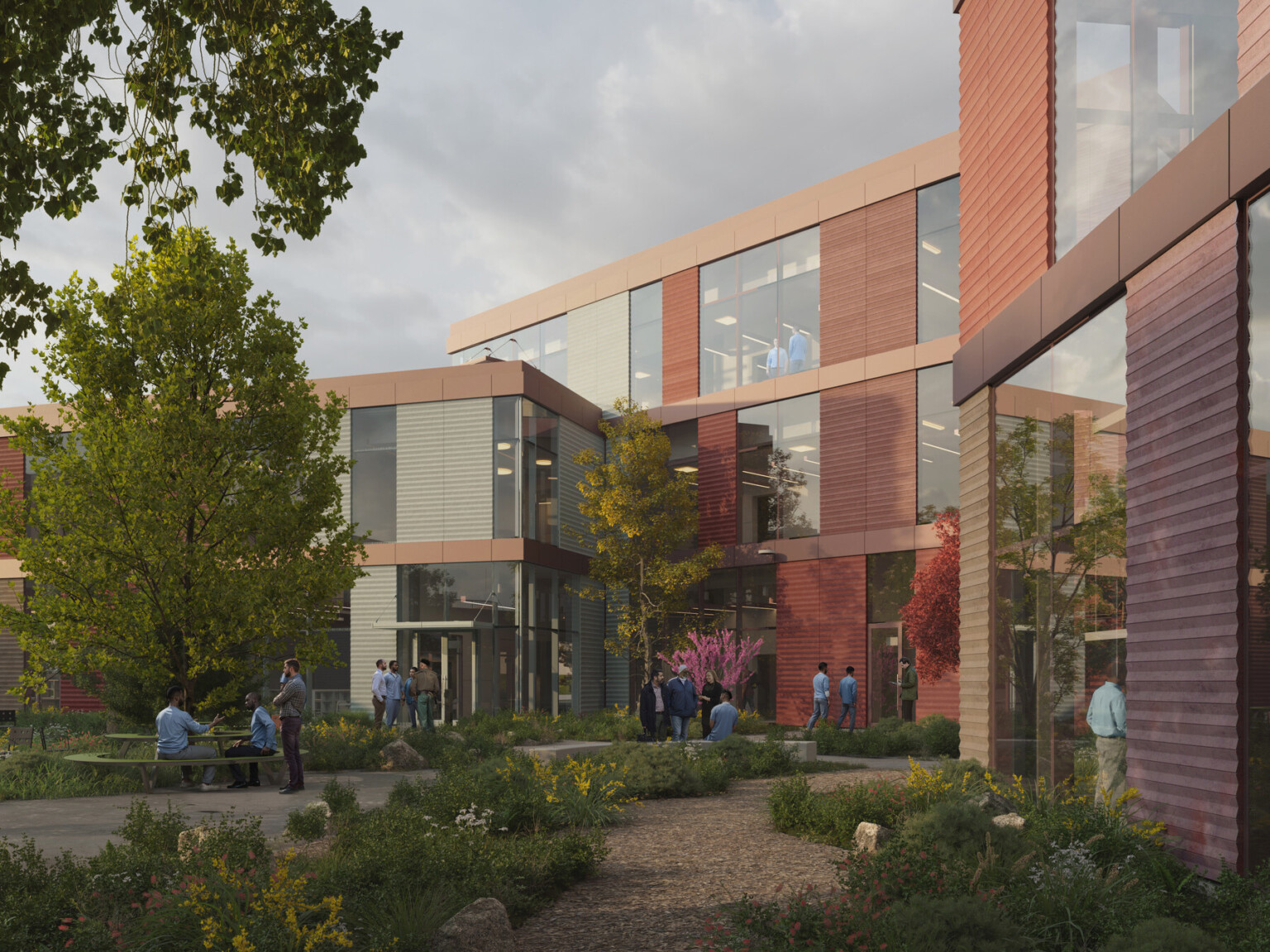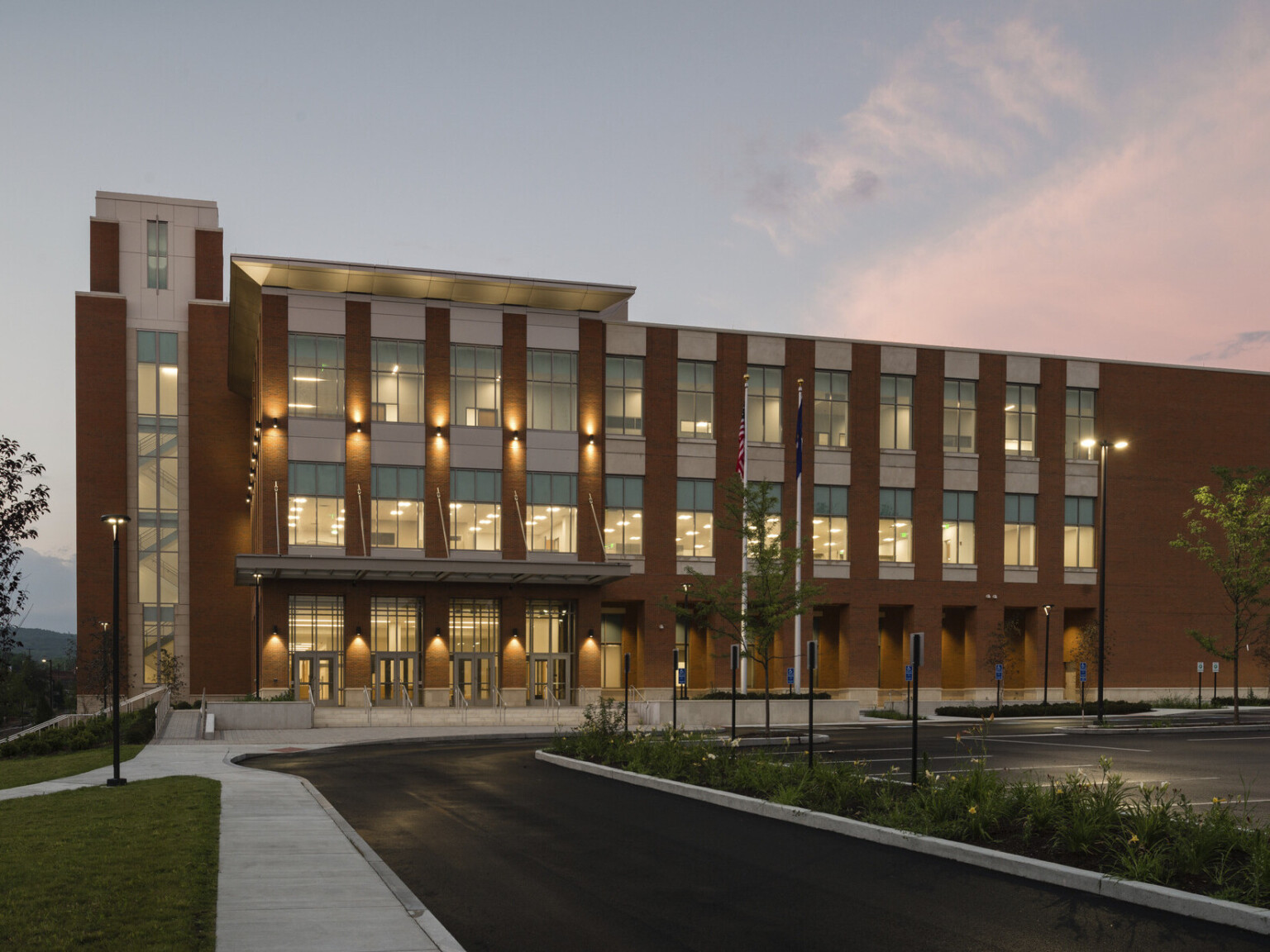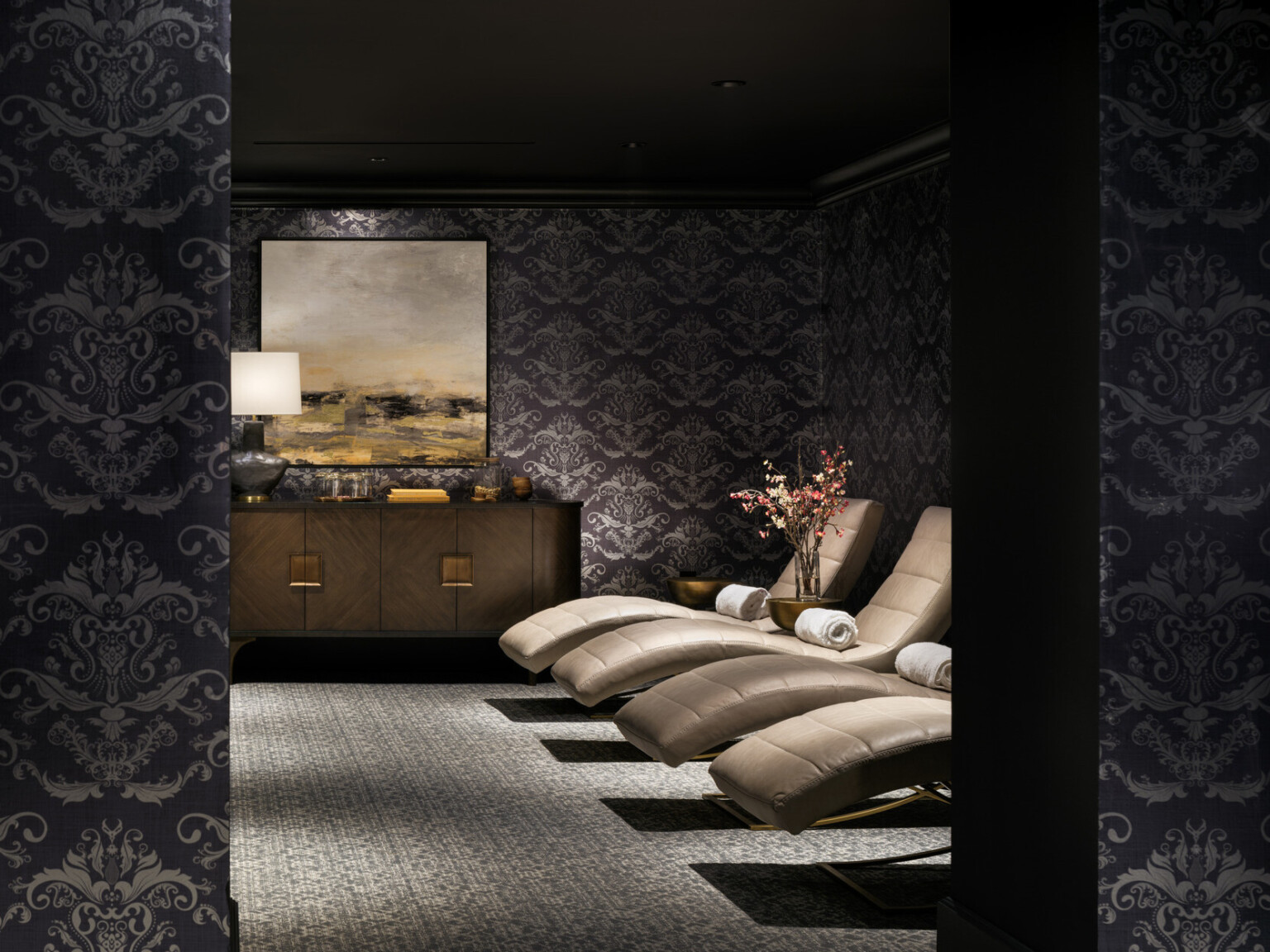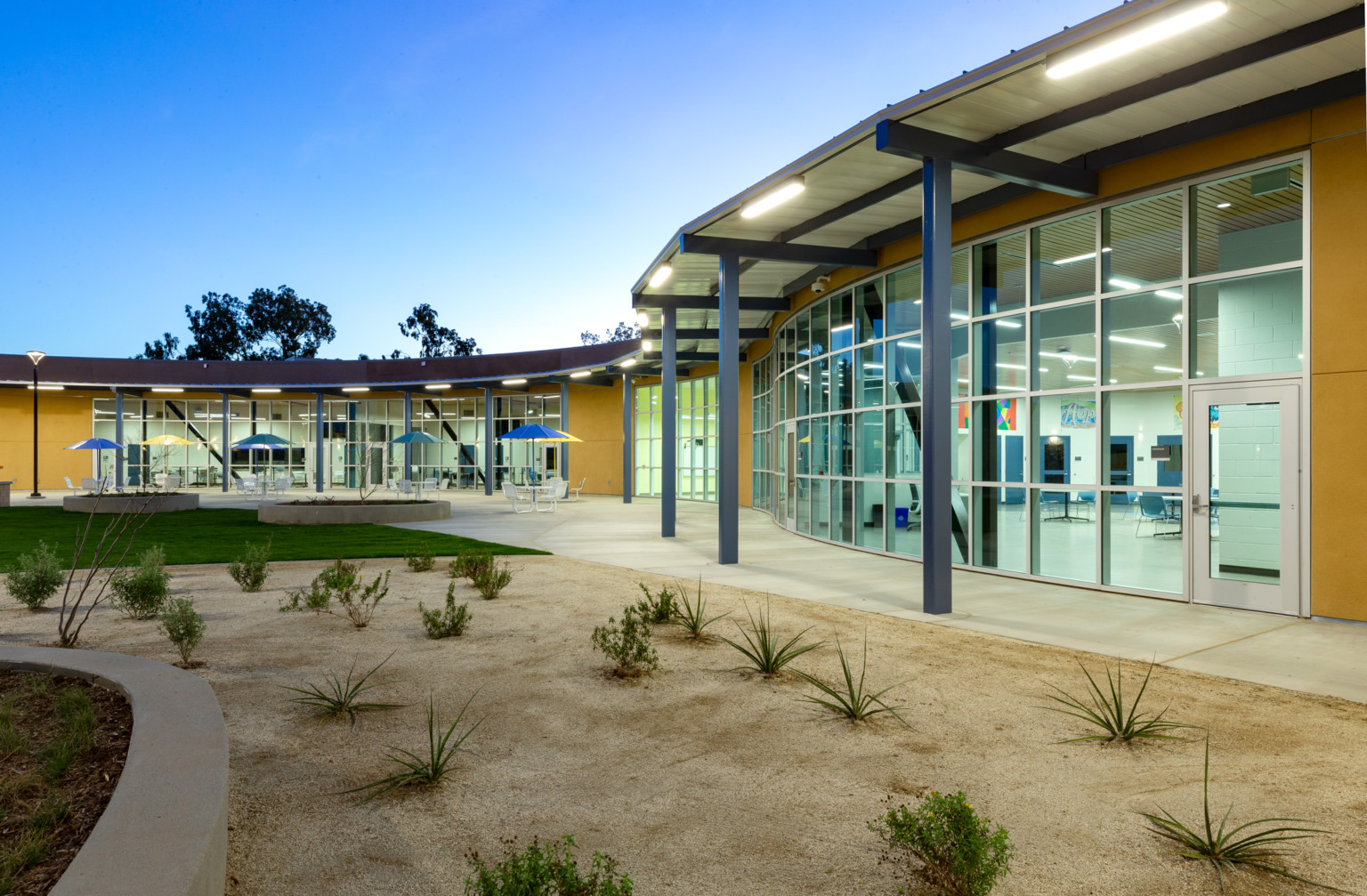
Designing to Revitalize Juvenile Justice Systems
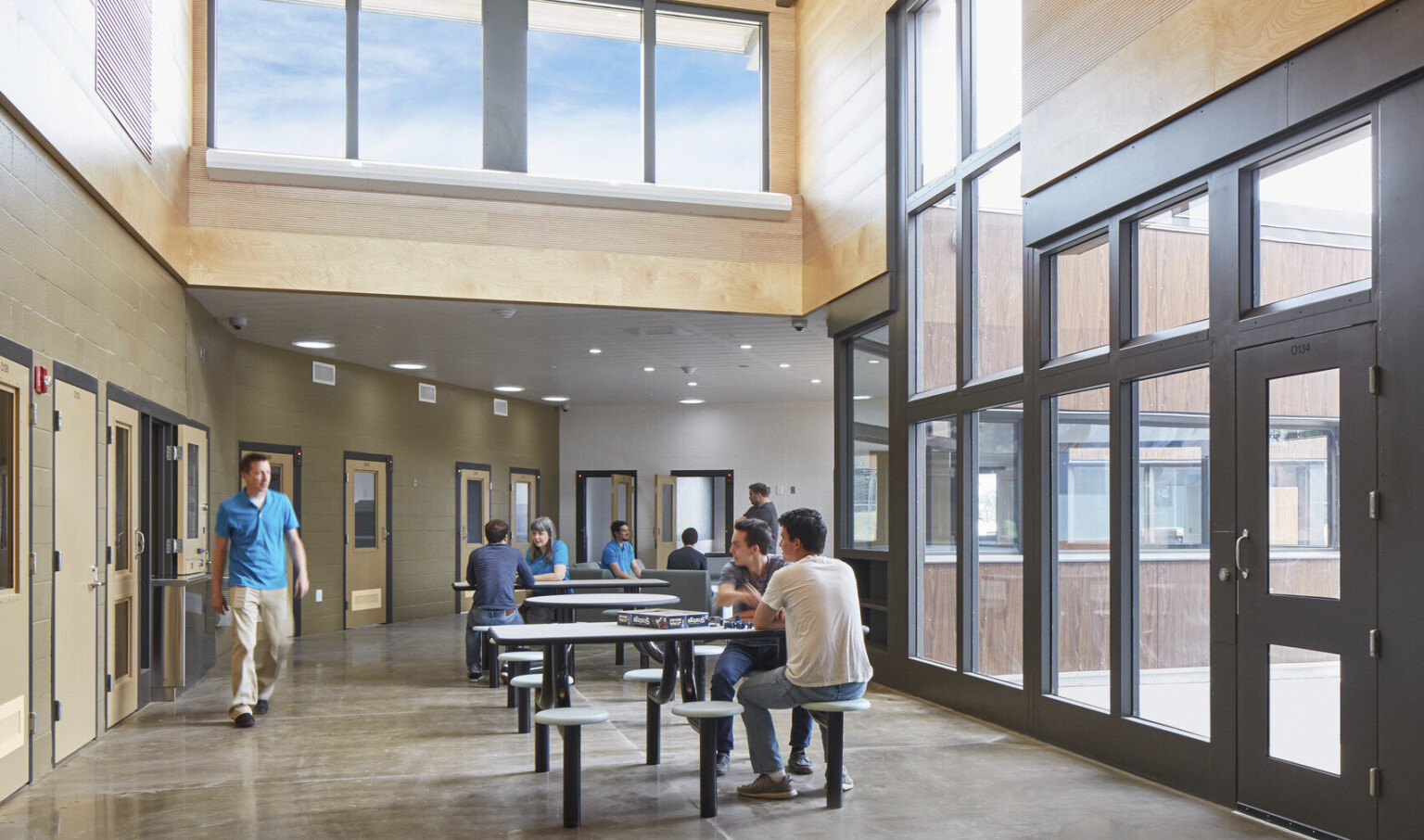
Ethos-Driven Design
As a firm, DLR Group is committed to applying our more than 40 years of justice experience and expertise to bring design solutions and a paradigm shift to this issue. DLR Group remains undeterred in the belief that design excellence contributes to better outcomes for youth who enter the justice system. Five years ago, our Justice+Civic sector publicly set this belief in writing as its design ethos.
This ethos statement is the North Star that guides all our design thinking, conversations, and work with agencies across the country.
Our work in juvenile justice reform best expresses that ethos with its strong focus on therapeutic treatment. Well-designed spaces drive positive change in the lives of young people who typically experience high levels of trauma in their lives. Studies estimate that more than 90% of justice-involved youth have experienced at least one trauma, with many experiencing multiple traumas from an average of five unique exposures to violence in their lifetime.* How we develop trauma-informed design contributes directly to a positive future for these young people.
Collaborative Partnerships
Turning juvenile justice into the best chance for a new life is a collaborative effort. Partnering with agencies and youth advocacy groups alike, we design life-changing facilities that integrate healing and transformation into the juvenile justice system. We have worked with many partners engaged in this research including The Annie E. Casey Foundation, the Macarthur Foundation, the Council of Juvenile Correctional Administrators, the Center for Juvenile Justice Reform at Georgetown University’s McCourt School of Public Policy, the Children’s Defense Fund of California, and others.
These partnerships have led to greater understanding that the needs of our juvenile youth population are best met in facilities designed for care and treatment – not custody and separation. The former military style dorms and disciplines have given way to the philosophy of care that first emphasizes treatment in their own community. But when youth need residential rehabilitation, we focus on small group treatment in a homelike environment. Systems across the country are adopting our models for therapeutic care based to a large extent on the earlier principles of the Missouri Model of small, safe, community-based, and youth focused programs.
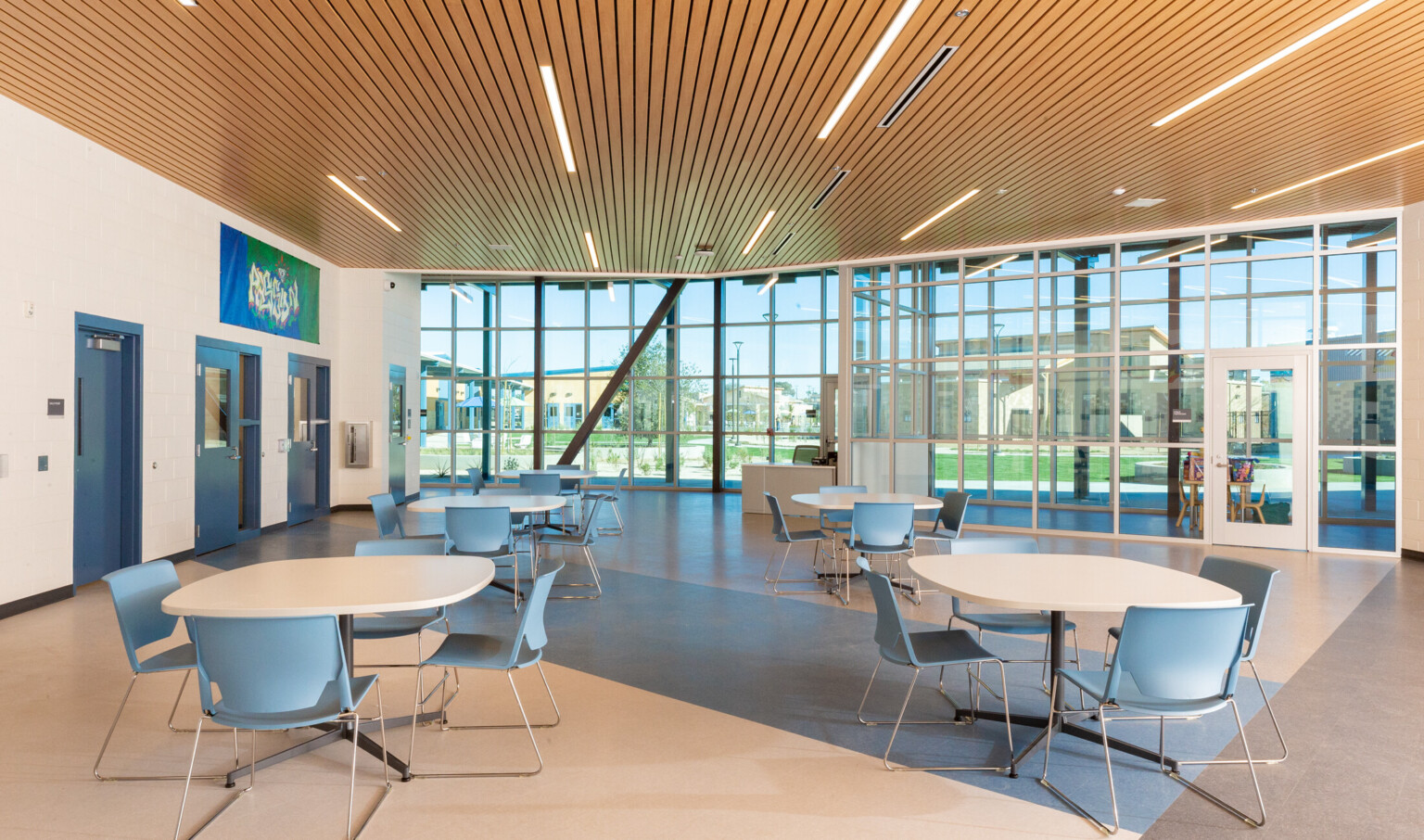
Therapeutic Treatment for Health and Wellness
DLR Group is at the forefront of re-imagining and then designing physical spaces that support therapeutic treatment in a normalized environment for those who need a more structured, residential-based treatment program. The architecture creates small communities with day-to-day activities mirroring a typical day in the life of a teenager, enabling them to learn positive engagement in a supportive and safe community structure.
The reality of these design elements are seen in our latest projects that create safe places through small community environments, spaces focused on wellness and healthy habits of mindfulness, emotional regulation, moral reasoning, distress tolerance, and social skills. Landscape gardens, walking paths, fitness stations, cottage-like living spaces all offer options for how these youth want to interact while rehabilitating from traumatic life situations.
Today, a buzz word in the profession (and across many professions) is “agency” or concern for our broader community. Every day our Justice+Civic teams practice agency as advocates for those who have no advocate to champion change in form and function to juvenile justice campuses. We are agents of change as we focus on trauma responsive treatment, and provide normal home-like environments that promote wellness, healing, and equity indicative of respect for each individual. Real change occurs as we partner with agencies to give youth a fighting chance at life as well-rounded adults. By developing thoughtful spaces that support this mission, we’re elevating their human experience through design.
See our latest transformation for the San Diego Youth Transition Campus.
*Source: The National Center for Child Traumautic Stress, Victimization and Juvenile Offending, 2016, Isaiah B. Pickens, PhD, Christine B. Siegfried, MSSW, Michael Surko, PhD, Carly B. Dierkhising, PhD; victimization_juvenile_offending.pdf (nctsn.org)
